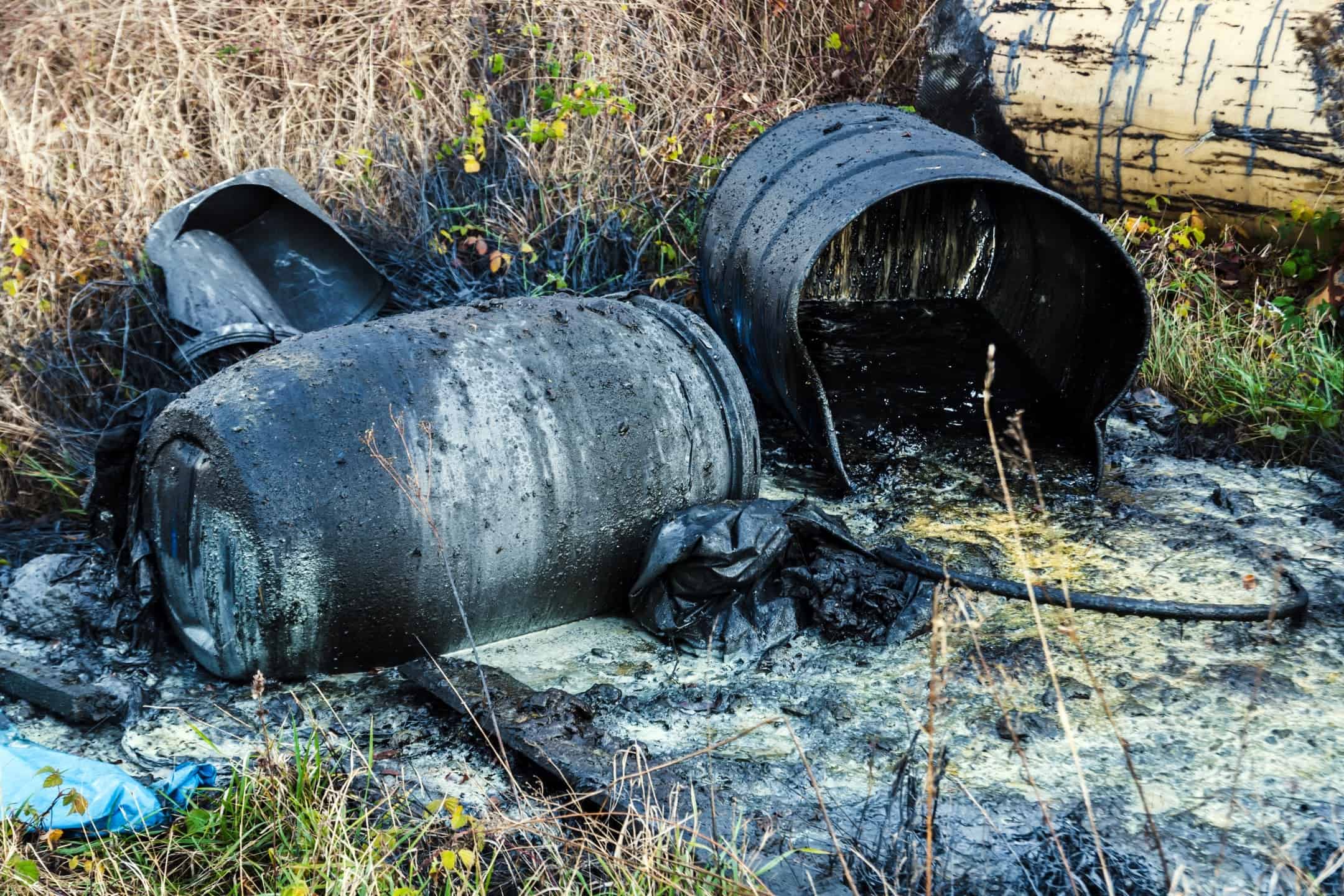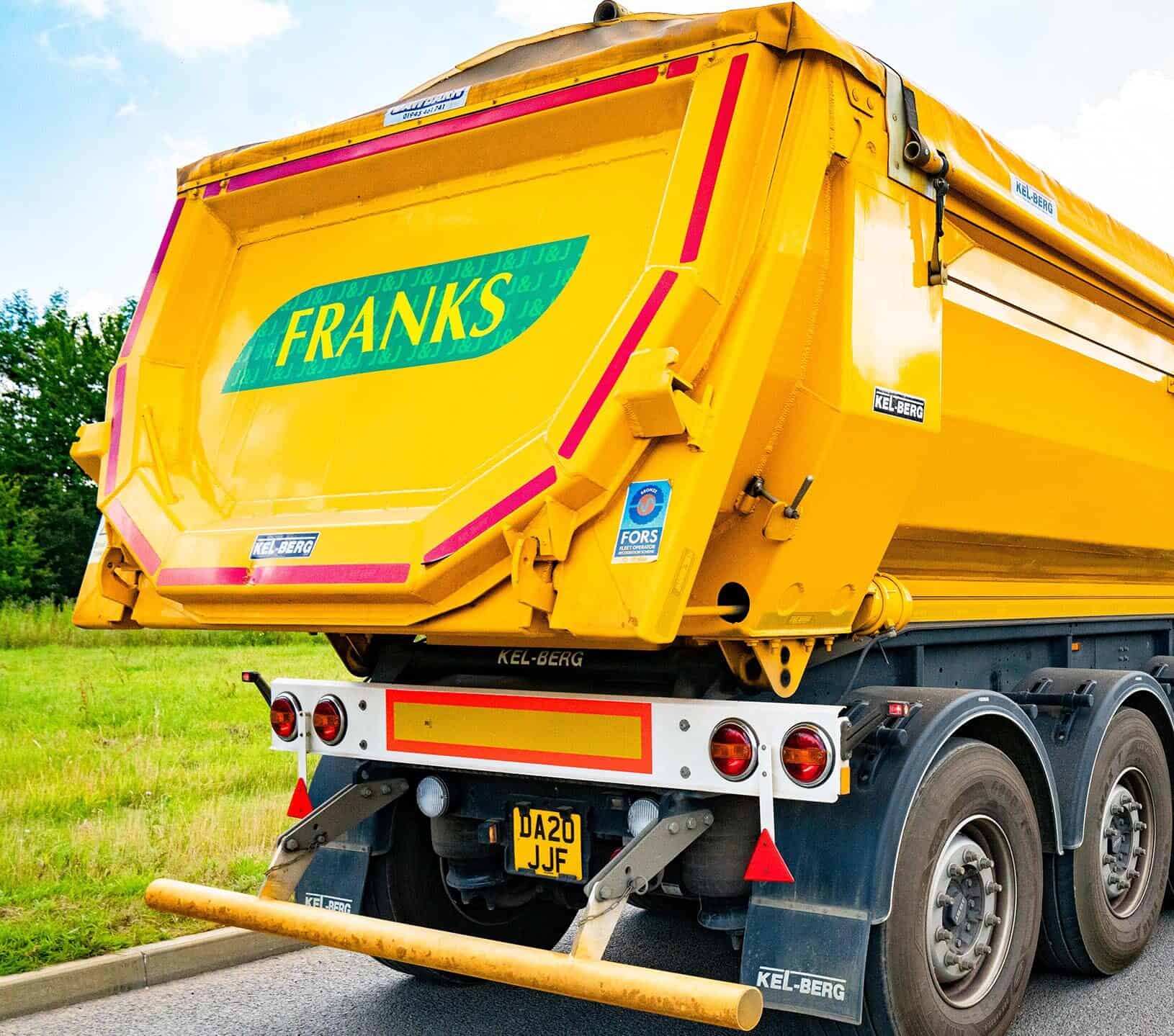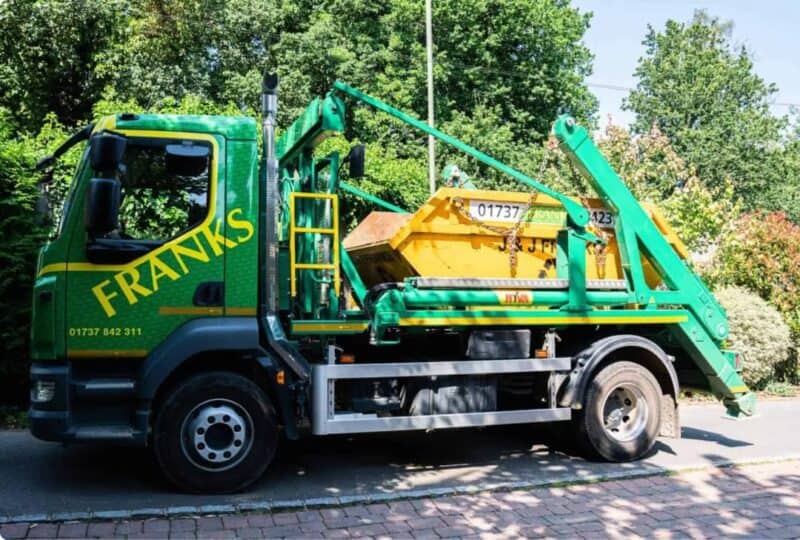Contaminated soil on construction sites poses significant challenges, requiring careful management and disposal to protect public health and the environment. Whether due to industrial activities, historical land use, or accidental spills, dealing with contaminated soil is an essential part of many construction projects.
What Is Contaminated Soil and How Is It Identified on Construction Sites?
In order to know how to safely manage and dispose of contaminated soil on construction sites, we first need to understand what it is and how to identify it. Contaminated soil refers to the earth that has been polluted by hazardous substances, making it unsafe for human health, plant life, and the environment. Contamination can occur through various means, including industrial waste, chemical spills, and the use of pesticides or fertilisers. Common contaminants include heavy metals like lead and mercury, hydrocarbons from oil and fuel spills, asbestos, and various chemicals like solvents and pesticides.
Identifying contaminated soil on construction sites is the first crucial step in managing it. This process typically involves a Phase I Environmental Site Assessment (ESA), where historical records and current site conditions are reviewed to identify potential sources of contamination. If contamination is suspected, a Phase II ESA is conducted, involving soil sampling and laboratory testing to confirm the presence and levels of contaminants.
Professional environmental consultants play a role in this identification process, using advanced testing methods to ensure that all potential hazards are identified. Early detection is vital as it allows for the development of a comprehensive soil management plan, ensuring that contamination does not spread and that the site is safe for workers and future occupants.
Health and Environmental Risks of Improper Soil Management
Improper management of contaminated soil can have severe consequences for both human health and the environment. Exposure to contaminated soil can occur through direct contact, inhalation of dust, or ingestion of soil particles, leading to serious health issues. For example, exposure to heavy metals like lead can cause neurological damage, particularly in children, while hydrocarbons can lead to respiratory problems and skin irritation.
The environmental impact of contaminated soil is equally concerning. If not managed properly, contaminants can leach into groundwater, posing a risk to drinking water supplies and aquatic ecosystems. Contaminated runoff can also spread pollutants to surrounding areas, affecting soil fertility and harming local wildlife.
Additionally, improper disposal of contaminated soil can result in the contamination of landfill sites, further exacerbating environmental damage. This is why strict regulatory frameworks exist to govern the management and disposal of contaminated soil, ensuring that it is handled in a manner that minimises risk to both people and the environment.
Contaminated Soil Transportation and Disposal
Transporting and disposing of contaminated soil requires adherence to stringent guidelines to prevent further environmental contamination and to protect public health. Once contaminated soil is identified, it must be handled according to the level of contamination and the specific substances involved.
Transportation: The soil must be transported using vehicles that are appropriately licensed for carrying hazardous waste. These vehicles must be sealed to prevent the escape of contaminated dust or runoff during transit. Additionally, the transportation process must comply with regulations outlined in the Carriage of Dangerous Goods Act, which includes proper labelling, documentation, and the use of appropriate protective equipment by those handling the soil.
Disposal: Contaminated soil is typically disposed of at licensed hazardous waste facilities, where it is treated to neutralise contaminants before being safely stored or reused in an environmentally safe manner. Some soil may be treated on-site using methods like bioremediation, where natural or introduced microorganisms break down contaminants, or soil washing, where contaminants are separated from the soil using water or other solvents.
Choosing the correct disposal method is crucial and should be guided by the type and concentration of contaminants present in the soil. Failure to dispose of contaminated soil properly can lead to significant legal penalties, including fines and potential criminal charges, not to mention the long-term environmental damage that can result.
How Professional Waste Management Services Handle Contaminated Soil
Managing contaminated soil is a complex process that requires specialised knowledge, equipment, and adherence to legal and environmental regulations. Professional waste management services, like those offered by us at J&J Franks, are essential in ensuring that contaminated soil is handled safely and efficiently.
These services provide solutions, from the initial site assessment and soil testing to the transportation and disposal of contaminated materials. By working with experienced professionals, construction companies can ensure that all aspects of soil management are conducted in compliance with the law, thereby reducing the risk of environmental contamination and legal repercussions.
Moreover, professional waste management offers valuable expertise in navigating the regulatory landscape, helping construction companies meet all necessary legal requirements and maintain the highest standards of environmental stewardship. At J&J Franks, our team is equipped with the latest technology and industry knowledge to manage contaminated soil effectively, ensuring that your project is safe, compliant, and environmentally responsible.
For more information on how J&J Franks can assist with the management and disposal of contaminated soil on your construction site, please contact us today. Our experienced team is ready to provide the support and solutions you need to ensure your project runs smoothly and safely.










